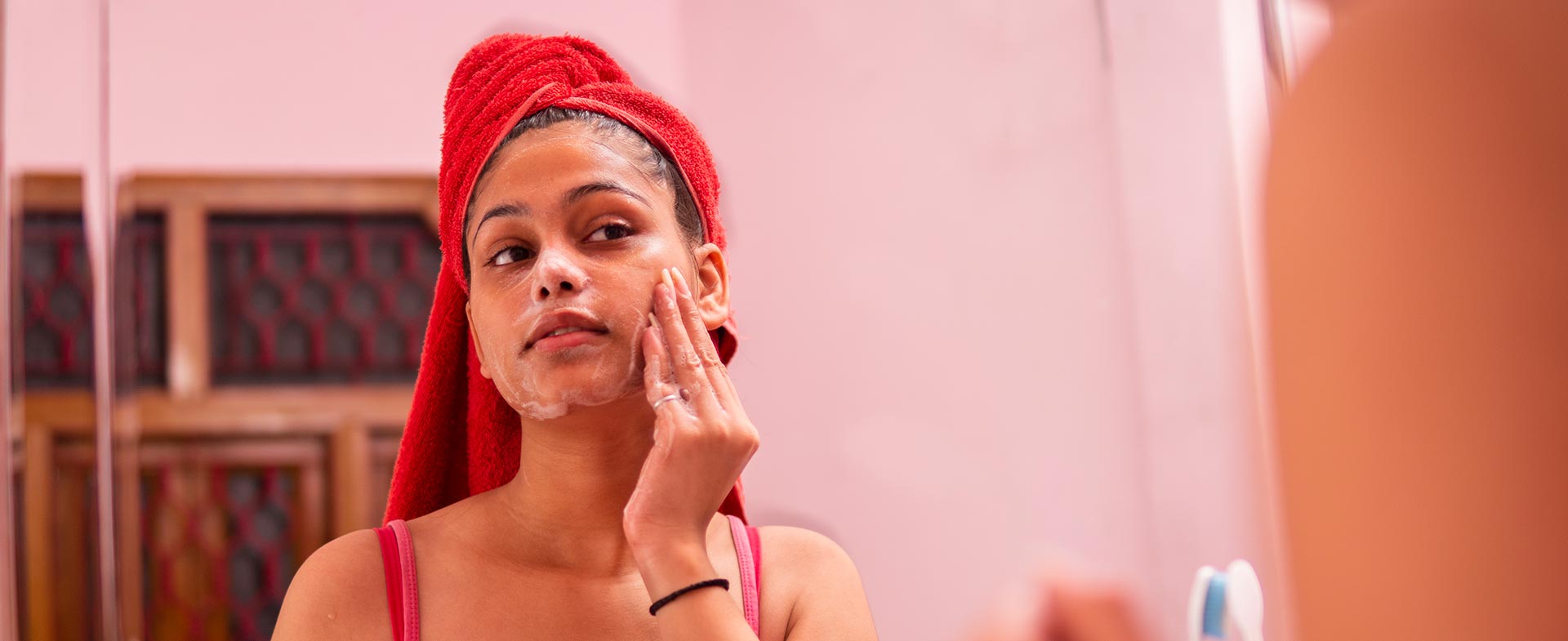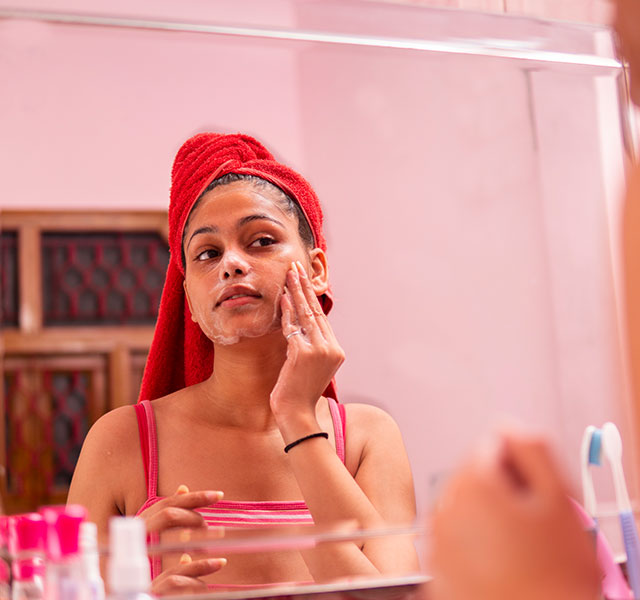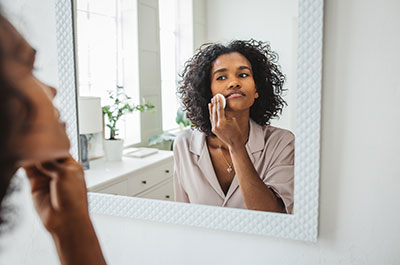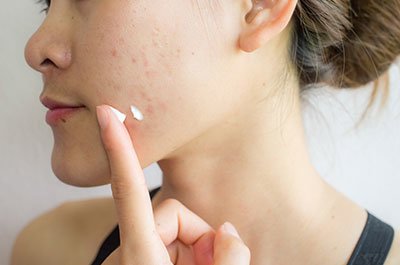From TikTok influencers to Instagram memes, today’s teens (and tweens) are flooded with information about how to care for their skin. Between the hormonal fluctuations of puberty and the desire to look their best for high school dances, many kids are engaging in multi-step skincare regimens with products that aren’t available at your local drugstore.
But do tweens and teens really need high-powered cleansers and pricey serums to protect their skin from pimples or premature aging? “No,” says Allison Zarbo, M.D., a pediatric dermatologist at Henry Ford Health. “In fact, when it comes to young skin, these products tend to do more harm than good.”
Side Effects Of Overusing Skincare Products
A growing number of adolescents are following complex skincare routines that involve cleansers, toners, serums and even anti-wrinkle products such as retinoids. In many cases, these tween- and teen-approved skincare routines boast more products (and cost more money) than their parents’ regimens. But is this level of teen skincare effective?
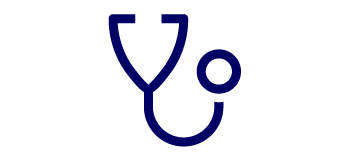
Again, the answer is no. “Unfortunately, a lot of kids are using toners, serums and face washes that can irritate young skin,” Dr. Zarbo says.
To complicate matters, the multi-product nature of these regimens could worsen reactions and create “skin sensitization” over time—the skin develops a memory of ingredients that trigger rashes and breakouts.
In addition, ingredients meant for mature skin can damage younger skin. Culprits include:
- Exfoliating acids
- Peptides
- Retinoids
- Vitamin C
Teen Skincare Basics
When it comes to kids’ skincare, less is more. Teens have more oil production, faster skin cell turnover rates and thinner skin than adults. As a result, their skin doesn’t need much to be healthy.
“It’s still important to establish healthy skin care habits as children begin to enter puberty,” Dr. Zarbo says. “But kids don’t need an elaborate skincare routine.”
Her advice for tweens and teens:
Wash your face.
Cleanse with water and a gentle, noncomedogenic cleanser twice a day (“noncomedogenic” means the product won’t clog pores). For kids who are in puberty or prone to breakouts, use a gentle wash with 1% or 2% salicylic acid. For big, red, angry pimples, try a benzoyl peroxide wash, which comes in ranges from 2.5% to 10%.
Wear broad-spectrum sunscreen.
Choosing “broad-spectrum” sunscreen means you’re protecting yourself from the sun’s damaging ultraviolet rays (UVA and UVB). Look for sunscreens that provide a sun protective factor (SPF) of 30 or higher and reapply every two hours when you’re outdoors.
See a doctor.
If your tween or teen has a lot of pimples or acne that doesn’t respond to over-the-counter face washes, make an appointment with a pediatrician. Most acne can be treated with prescription washes and creams. For severe acne, the doctor may refer you to a dermatologist for more specialized care.
Helping Teens Become Skincare Savvy
Skincare for kids is wildly oversold. “Most kids don’t even need to initiate the twice-daily washing routine until they begin to develop pimples or acne,” Dr. Zarbo says. Otherwise, their daily shower or bath should do the trick.
Once pimples set in, pick up a gentle face wash at your local drugstore. Standard brands can help ward off breakouts without irritating young skin—or breaking the bank. Just steer clear of products that use terms like antiaging, clarifying, firming or wrinkle-reducing. These words may signal ingredients that aren’t designed for younger skin.
Perhaps most important, try to keep your children away from social media. “The American Academy of Pediatrics does not endorse the use of social media for children,” Dr. Zarbo says. “That’s where a lot of this marketing for skincare routines targeting teens happens.”
Reviewed by Dr. Allison Zarbo, a pediatric dermatologist who sees patients at Henry Ford Medical Centers in West Bloomfield, Dearborn and Detroit.
